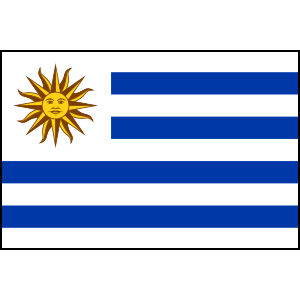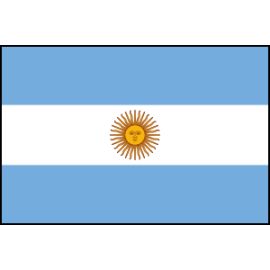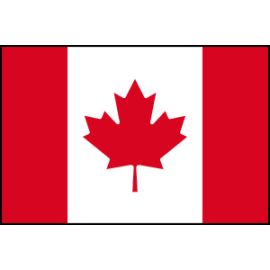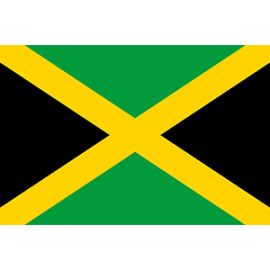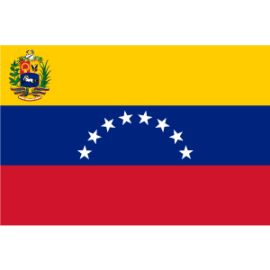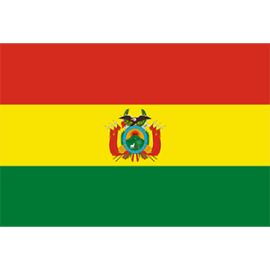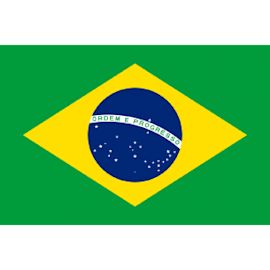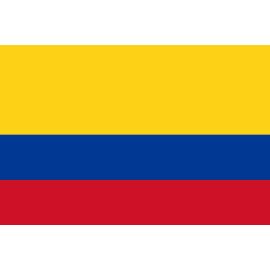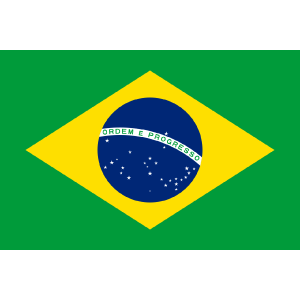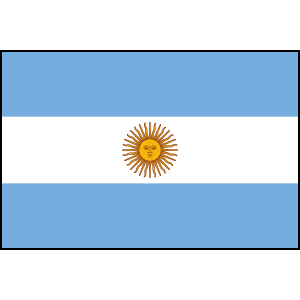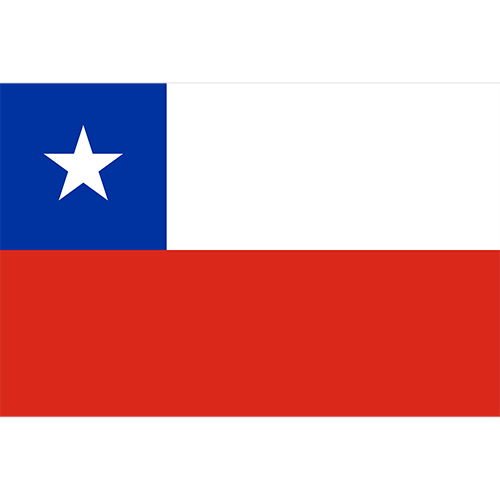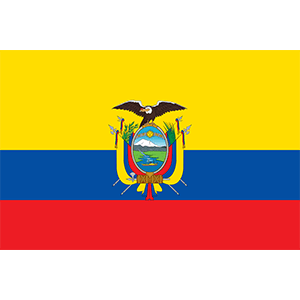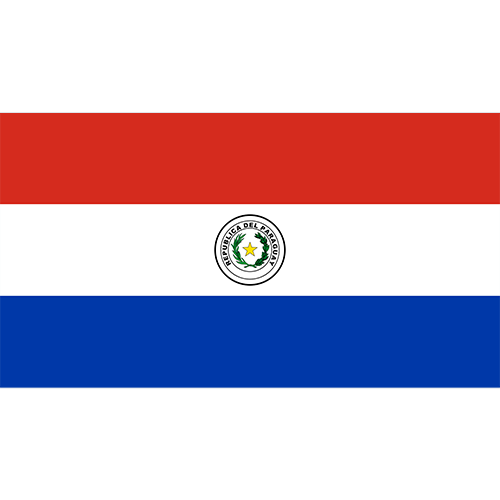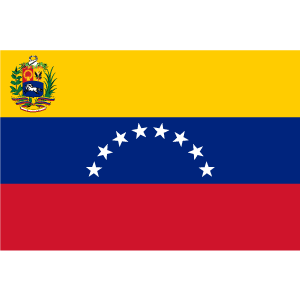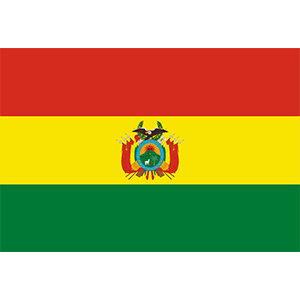Search results
Other games
Uruguay vs Panama
Jun 24, 1:00 AMMoney LineSpreadTotalPAN +775+1.5O2.5URU
+775+1.5O2.5URU +400-1.5U2.5
+400-1.5U2.5Uruguay (/ ˈ jʊər ə ɡ w aɪ / ⓘ YOOR-ə-gwy, Spanish: [uɾuˈɣwaj] ⓘ), officially the Oriental Republic of Uruguay (Spanish: República Oriental del Uruguay), is a country in South America. It shares borders with Argentina to its west and southwest and Brazil to its north and northeast, while bordering the Río de la Plata to the ...
- Montevideo
Montevideo (/ ˌ m ɒ n t ɪ v ɪ ˈ d eɪ oʊ /, US also /-ˈ v ɪ d...
- Demographics of Uruguay
Demographics of Uruguay. This is a demography of the...
- Outline of Uruguay
An enlargeable relief map of the Eastern Republic of...
- Colorado Party
Ideology. The party seeks to unite moderate and liberal...
- Chamber of Representatives
The Chamber of Representatives (Spanish: Cámara de...
- Flag of Uruguay
The national flag of Uruguay (Spanish: Pabellón Nacional) is...
- President of Uruguay
The president of Uruguay (Spanish: presidente del Uruguay),...
- Military
The Armed Forces of Uruguay (Spanish: Fuerzas Armadas del...
- Sport in Uruguay
Football (Spanish: fútbol) is the most popular sport in...
- Culture of Uruguay
The culture of Uruguay is diverse since the nation's...
- Montevideo
- Overview
- Land
- Relief and soils
- Drainage
- Climate
- Plant and animal life
- Ethnic groups and languages
- Religion
Uruguay, country located on the southeastern coast of South America. The second smallest country on the continent, Uruguay has long been overshadowed politically and economically by the adjacent republics of Brazil and Argentina, with both of which it has many cultural and historical similarities. “On the map, surrounded by its large neighbors, Uruguay seems tiny,” writes contemporary Uruguayan historian and novelist Eduardo Galeano. “But not really. We have five times more land than Holland and five times fewer inhabitants. We have more cultivable land than Japan, and a population forty times smaller.”
This combination of open space and low population density has afforded Uruguay many opportunities for economic development. An independent country since 1828, with strong ties to the United Kingdom, France, and Italy, Uruguay developed throughout much of the 20th century as one of Latin America’s more progressive societies, notable for its political stability, advanced social legislation, and a relatively large middle class. A period of repressive military rule (1973–85) has cast a long shadow over national life, and, like other countries in the region, Uruguay has been troubled by economic decline and factional struggles in the decades since civilian democratic rule was restored. Such adversities have caused many Uruguayans to emigrate to Europe and North America; as Galeano has remarked, “We export our young.”
The wedge-shaped country is bounded by Brazil to the north and east, by the Atlantic Ocean to the southeast, and by the Río de la Plata to the south, while the Uruguay River serves as its western boundary with Argentina.
Britannica Quiz
The Uruguayan landscape is largely characterized by gently rolling land, with an average elevation of about 383 feet (117 metres). Tidal lakes and sand dunes fringe the coastline. Elsewhere there are broad valleys, plains (pampas), low plateaus and hills, and ridges—notably Haedo Ridge (Cuchilla de Haedo) in the north and Grande Ridge (Cuchilla Gra...
Although it is a well-watered land, no large rivers flow entirely within Uruguay. The Uruguay River and the estuary of the Río de la Plata, along the western border of the nation, are navigable for oceangoing ships until Paysandú and for smaller vessels above that point to the falls at Salto. The smaller Negro River, which traverses the country from northeast to southwest, is navigable only in its lower part, below Rincón del Bonete Lake (the Río Negro Reservoir). Among other small rivers are the Santa Lucía, Cebollatí, and Queguay Grande. Merín (Mirim) Lagoon, which lies mainly within Brazil, is the largest natural lake.
Exclusive academic rate for students! Save 67% on Britannica Premium.
Uruguay has a generally pleasant, temperate climate. The average temperature for the midwinter month of July varies from 54 °F (12 °C) at Salto in the northern interior to 50 °F (10 °C) at Montevideo in the south. The midsummer month of January varies from a warm average of 79 °F (26 °C) at Salto to 72 °F (22 °C) at Montevideo. Frost is almost unknown along the coast. Both summer and winter weather may vary from day to day with the passing of storm fronts; a hot northerly wind may occasionally be followed by a cold wind (pampero) from the Argentine Pampas.
Uruguay has neither a decidedly dry nor a rainy season. The heaviest precipitation occurs during the autumn months (March and April), although more frequent rains occur in winter. The mean annual precipitation is generally greater than 40 inches (1,000 mm), decreasing with distance from the seacoast, and is relatively evenly distributed throughout the year. Thunderstorms occur frequently during the summer.
Tall-grass prairies once covered most of Uruguay’s land surface but now compete with enclosed, planted pastures. Only a small percentage of the land is forested, most of the trees growing in narrow stretches along watercourses. The principal species are ombu—a scrubby, treelike plant—and alder. Others include willow, eucalyptus, pine, poplar, acacia, and aloe. The algaroba (carob tree) and quebracho (whose wood and bark are utilized in tanning and dyeing) are prevalent, and indigenous palms grow in the valleys and along the southeastern coast. Common smaller plants include mimosa, myrtle, rosemary, and scarlet-flowered ceibo.
Animals native to Uruguay have largely disappeared, although pumas and jaguars are still occasionally found in remote areas. Other native mammals include foxes, deer, wildcats, armadillos (mulitas), and several types of rodents, including huge capybaras. Scorpions are rare, but venomous spiders are common. Birdlife includes tiny burrowing owls, crows, lapwings, partridges, quails, hummingbirds, and cardinals. Parakeets are plentiful in the hills, and the lagoons swarm with waterfowl, including white herons, cranes, and flamingos. Rheas are now mainly limited to semidomesticated settings. Lizards, tortoises, and venomous snakes are found in many areas. Caimans inhabit the upper waters of the Uruguay River, and seals are found on small islands off the southeastern coast, particularly on Lobos Island. A network of national parks and a wildlife reserve are dedicated to the preservation of animal and bird populations. Marvin H. Alisky
Uruguayans are of predominantly European origin, mostly descendants of 19th- and 20th-century immigrants from Spain and Italy and, to a much lesser degree, from France and Britain. Earlier settlers had migrated from Argentina and Paraguay. Few direct descendants of Uruguay’s indigenous peoples remain, and mestizos (of mixed European and Indian ancestry) account for less than one-tenth of the population. Blacks and persons of mixed Black and white ancestry make up an even smaller proportion of the total.
Spanish is spoken throughout Uruguay, although in Rivera and other borderland towns close to Brazil an admixture of Portuguese and Spanish can be heard, often in a slang called portuñol, from the words português and español.
Nearly half of the people are at least nominally Roman Catholic. About one-third of the population adhere to other Christian faiths or are nondenominational Christians. About one-sixth of Uruguayans are agnostics or atheists. Jews, mostly in Montevideo, make up a small minority, which is nevertheless one of the larger Jewish communities in South Am...
The history of Uruguay comprises different periods: the pre-Columbian time or early history (up to the 16th century), the Colonial Period (1516–1811), the Period of Nation-Building (1811–1830), and the history of Uruguay as an independent country (1830–present).
Uruguay, cuyo nombre oficial es República Oriental del Uruguay, es un país soberano de América del Sur, situado en la parte oriental del Cono Sur. Su capital y ciudad más poblada es Montevideo.
Uruguay (officially named Oriental Republic of Uruguay) is a country in South America. The language spoken there is Spanish. Its capital and largest city is Montevideo. Uruguay is bordered by two large neighbors, Brazil and Argentina. The only country in South America that is smaller than Uruguay is Suriname. The land is mostly flat, and there ...
- 0.1%
- 1.1%
- 3.4%
- 95.4%
Geography of Uruguay; Continent: South America: Region: Americas: Coordinates: Area: Ranked 89 • Total: 176,215 km 2 (68,037 sq mi) Coastline: 660 km (410 mi) Borders: Total land borders: 1564 km Argentina: 579 km Brazil: 985 km: Highest point: Cerro Catedral (514 m) Lowest point: Atlantic Ocean (0 m)
